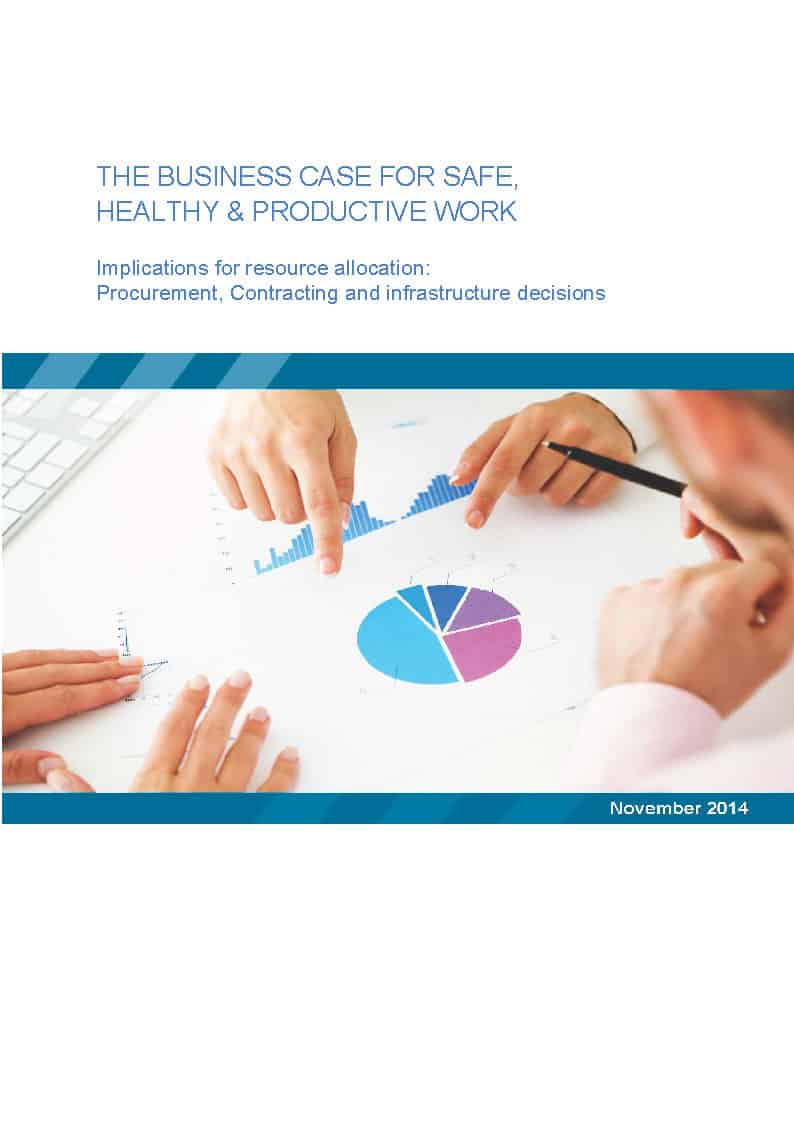 On housing affordability this week, Australia’s Treasurer, Joe Hockey, suggested a solution would be to get a “good job”. This occurred a month or so after the publication of a terrific book (that Hockey obviously has yet to read) called “Job Quality in Australia“, edited by Angela Knox and Chris Warhurst for Federation Press. The editors write about the importance of job quality which “…affects attitudes, behaviour and outcomes at the individual, organisational and national level” (page 1) and job quality’s political context:
On housing affordability this week, Australia’s Treasurer, Joe Hockey, suggested a solution would be to get a “good job”. This occurred a month or so after the publication of a terrific book (that Hockey obviously has yet to read) called “Job Quality in Australia“, edited by Angela Knox and Chris Warhurst for Federation Press. The editors write about the importance of job quality which “…affects attitudes, behaviour and outcomes at the individual, organisational and national level” (page 1) and job quality’s political context:
“While the current Abbott government is primarily concerned with improving Australia’s macro-economic position, such a position is unlikely to be achieved and sustained without a policy agenda focusing on job quality.” (page 2)
Significantly for this blog’s readership, the book has a chapter, written by

 The
The 
